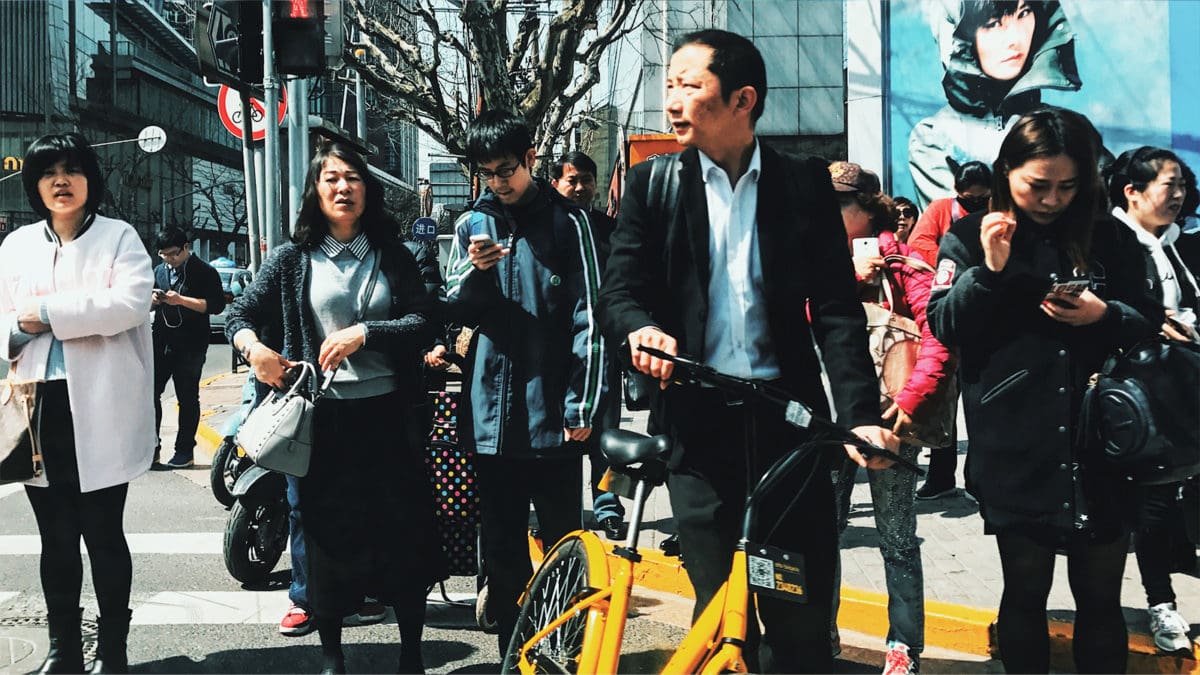Welcome back, Shanghai!
Shanghai re-opened on Friday, as it tries to return to business after being in lockdown for two months. The city’s 25 million residents will be celebrating as restrictions are lifted allowing free movement, return to work and a sense of normality as officials claim to have the virus under control. Residents have grown extremely frustrated at the Government because of its heavy-handed and largely unnecessary enforcement tactics, used to carry out the lockdown.
The Government will now look at the impact these lockdowns have caused in Shanghai and in numerous other cities. Global supply chains have been disrupted, manufacturing halted and a backlog of cargo ships at Chinese ports, which has uncertainty and discontent running high. The government’s “zero Covid” approach, has even forced Wall Street banks to downgrade GDP forecasts for the year ahead.
But it wasn’t all bad news, global markets have rallied on the news of China’s reopening. The Chinese PMI numbers that came out were also good. The official manufacturing purchasing managers’ index (PMI) rose to 49.6 in May, up from 47.4 in April and the Official non-manufacturing PMI, which measures business sentiment in the services and construction sectors, rose to 47.8 from 41.9 in April. But the main message out from Shanghai, is that as well as re-opening manufacturing, the Government has announced a stimulus measure by subsidising electric vehicles.
According to an article on TechNode.com, “Local Chinese governments are releasing economic stimulus packages to boost consumption, including measures targeted at boosting car sales, as Shanghai gradually emerges from a two-month Covid-19 lockdown.” And it’s happening across the board. Many cities in China are reporting stimulus measures to boost auto demand. The Shanghai municipal government “unveiled 50 stimulus measures, which included giving out 40,000 new car plates and handing out cash incentives for gas car owners trading in for EVs. Consumers will also receive rebates of RMB 10,000 ($1,503) per car for any trade-in of gasoline vehicles for new electric vehicles (EVs) for the rest of the year,” as stated by Chinese media.
The Chinese Communist Party’s aim is to encourage auto sales by making current state subsidies to EV makers more attractive. This is partly due to the disruption the pandemic has caused to auto parts and raw materials supply chains. China’s lithium stocks made spectacular gains on hopes these moves will ease supply chain disruptions. Major producer Tianqi Lithium Corp rallied by about 66%, while Ganfeng Lithium Co and Chengxin Lithium Group Co rose 30% and 40% respectively. But the downside is that high lithium prices increases costs, which are all absorbed by the customer.
As a result of Shanghai’s lockdowns, UBS downgraded China’s GDP forecast to 3%, down from 4.2% and JPMorgan cut its forecast to 3.7% growth, down from 4.3%. UBS says: “The easing of Covid restrictions will unlikely be as rapid as in 2020 given the nature of Omicron.”









